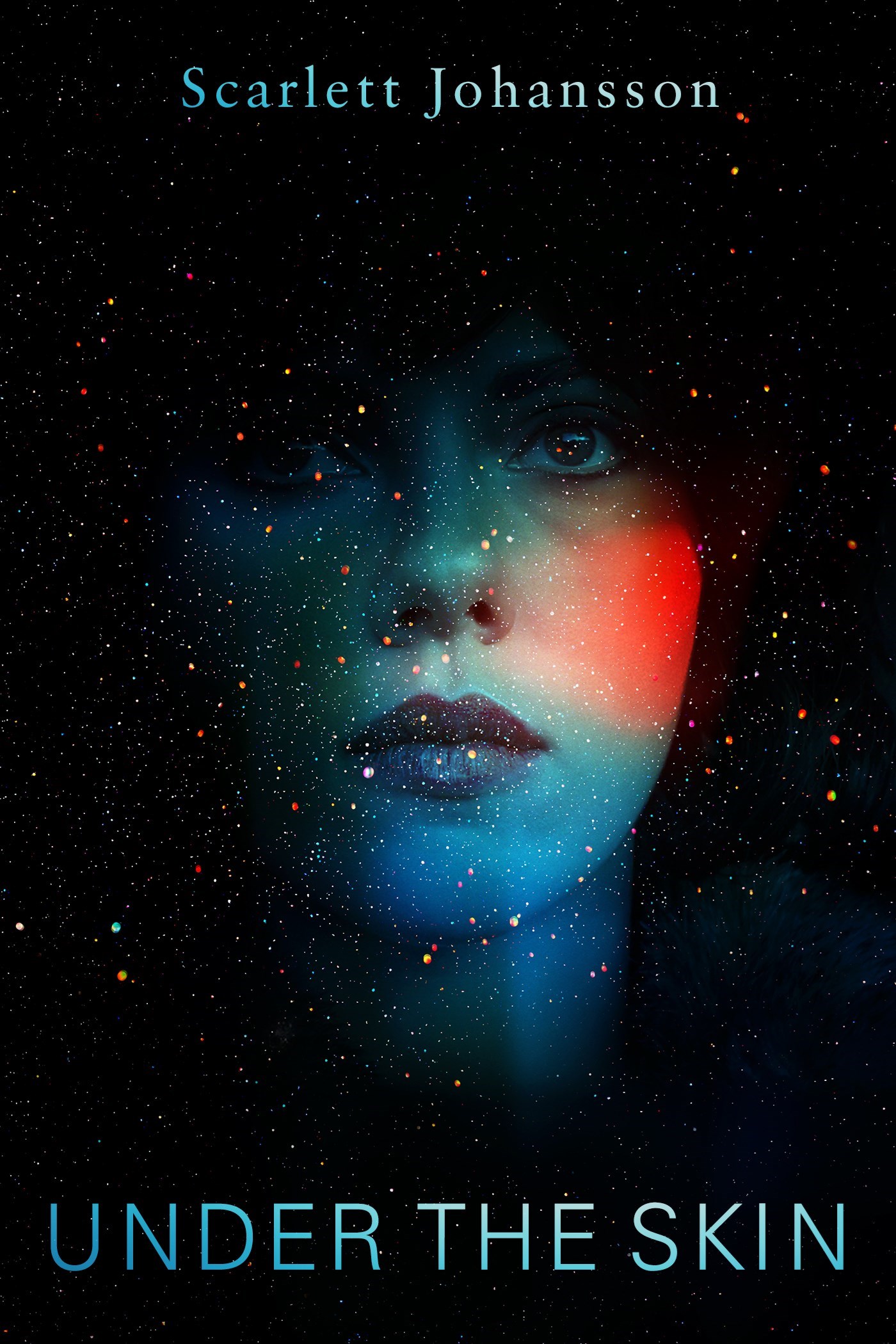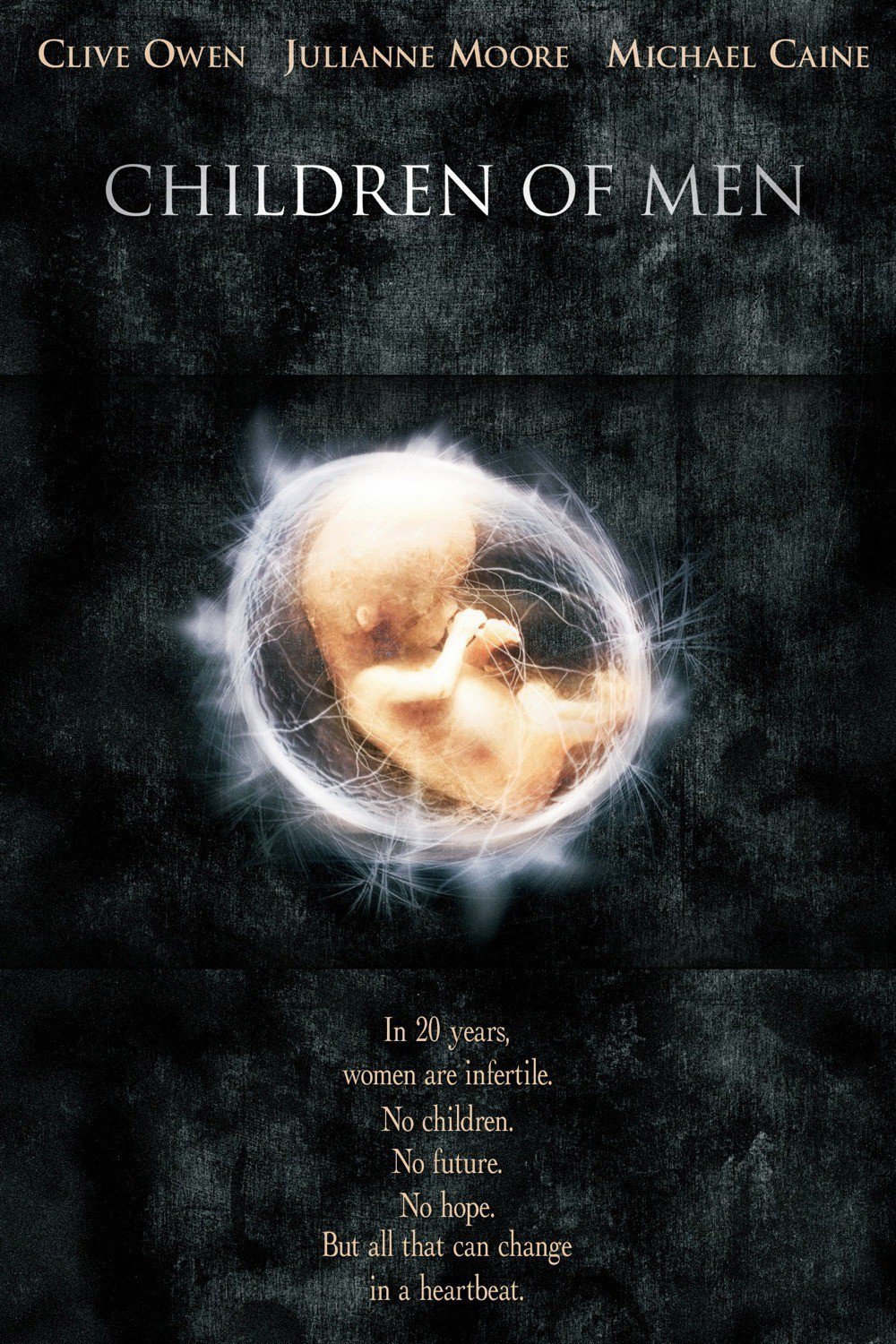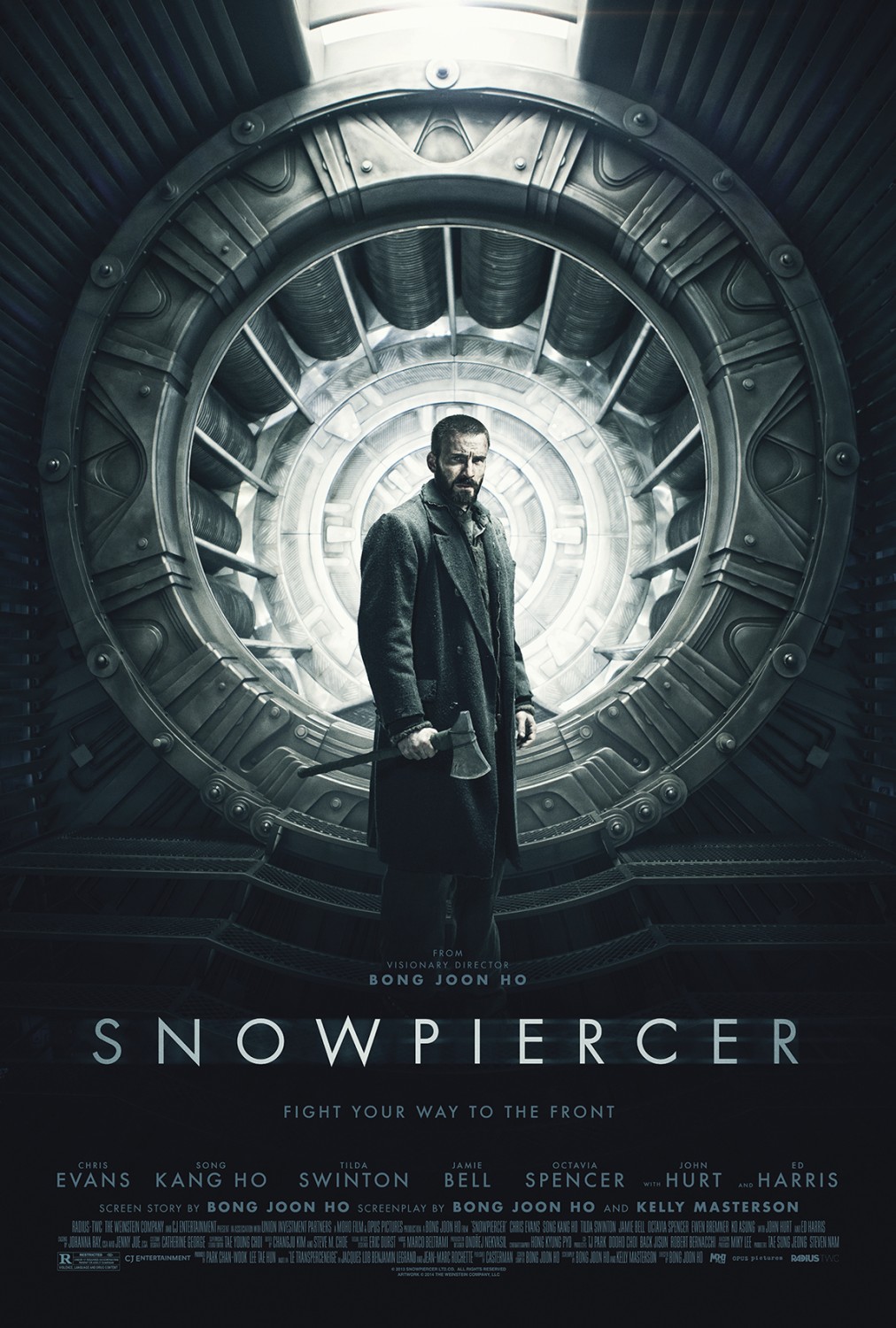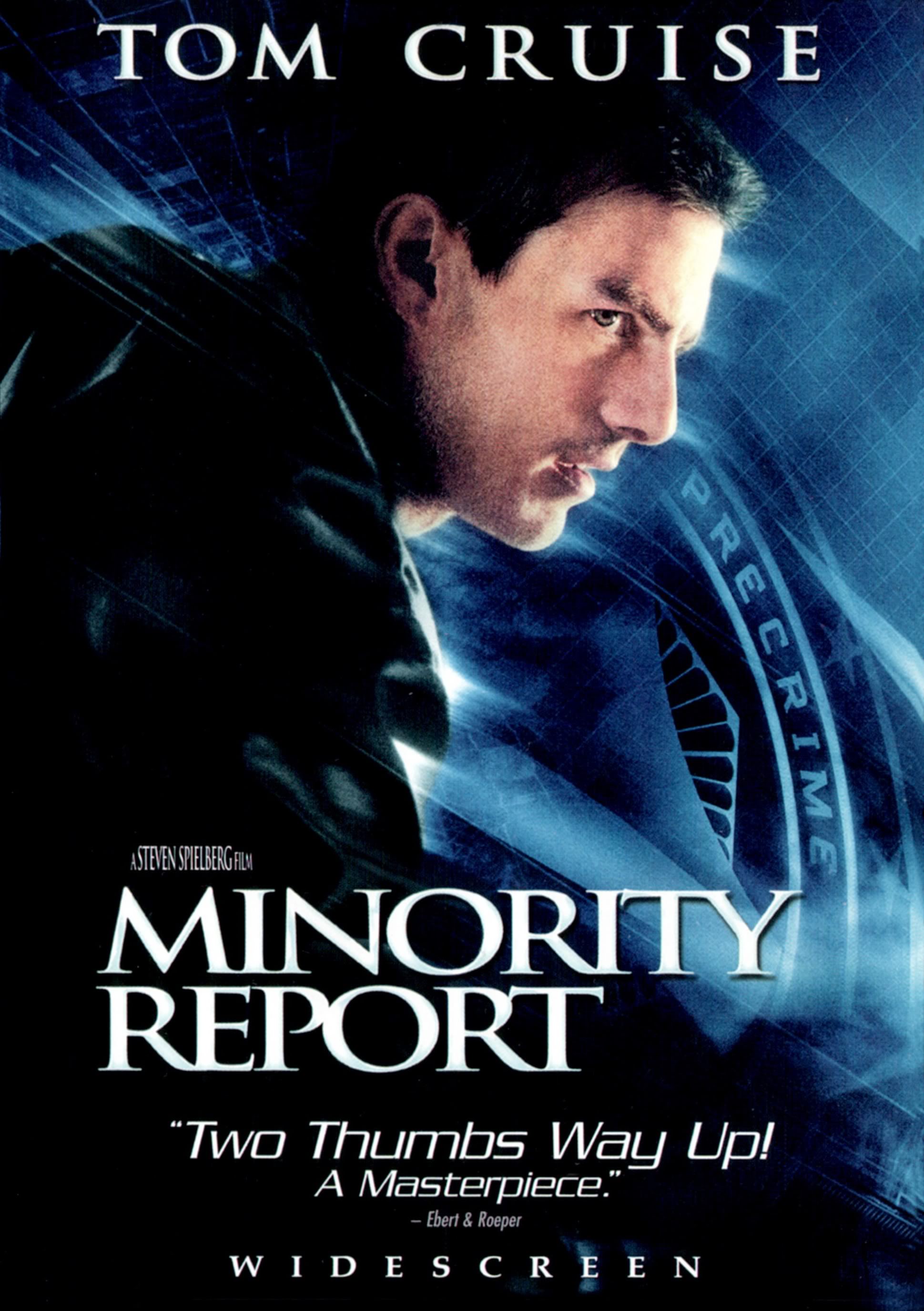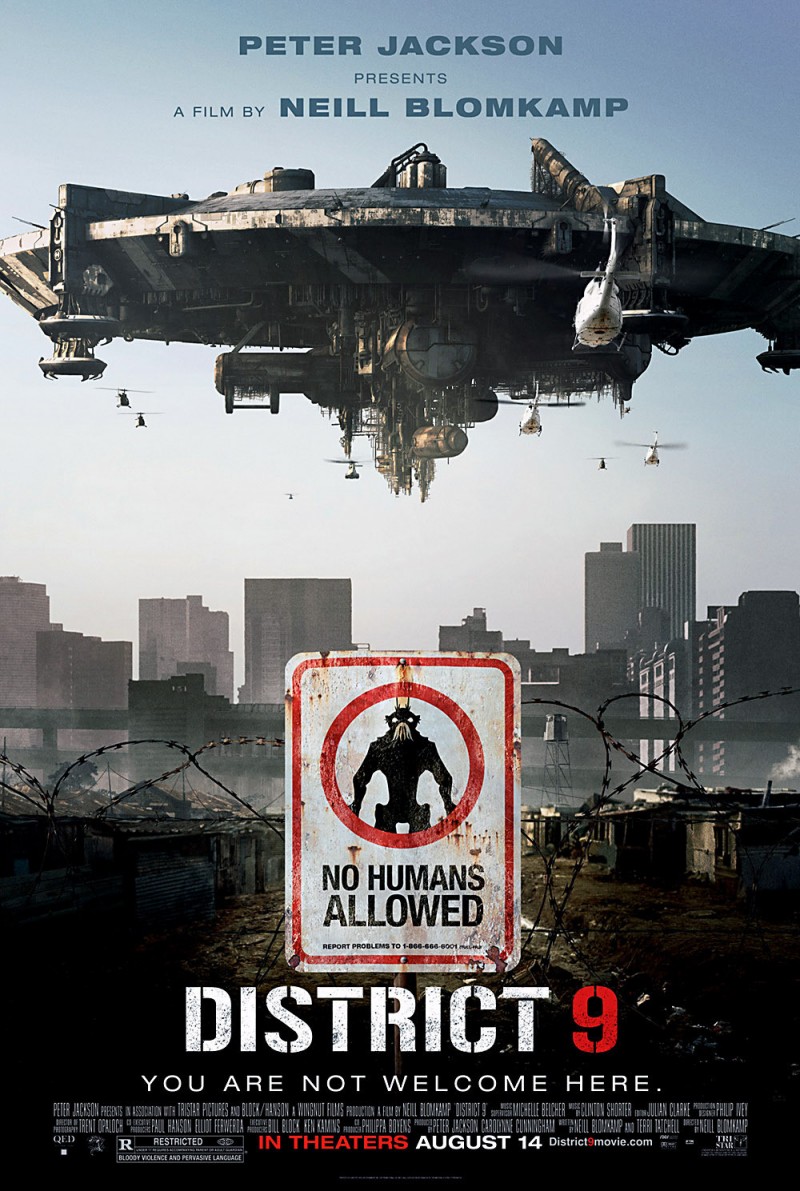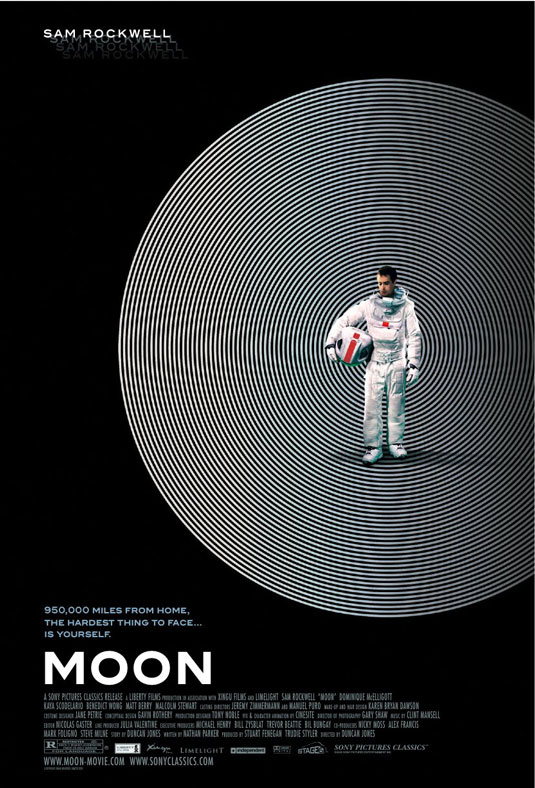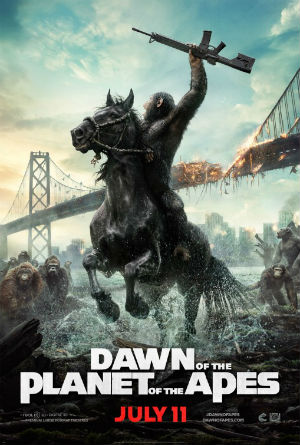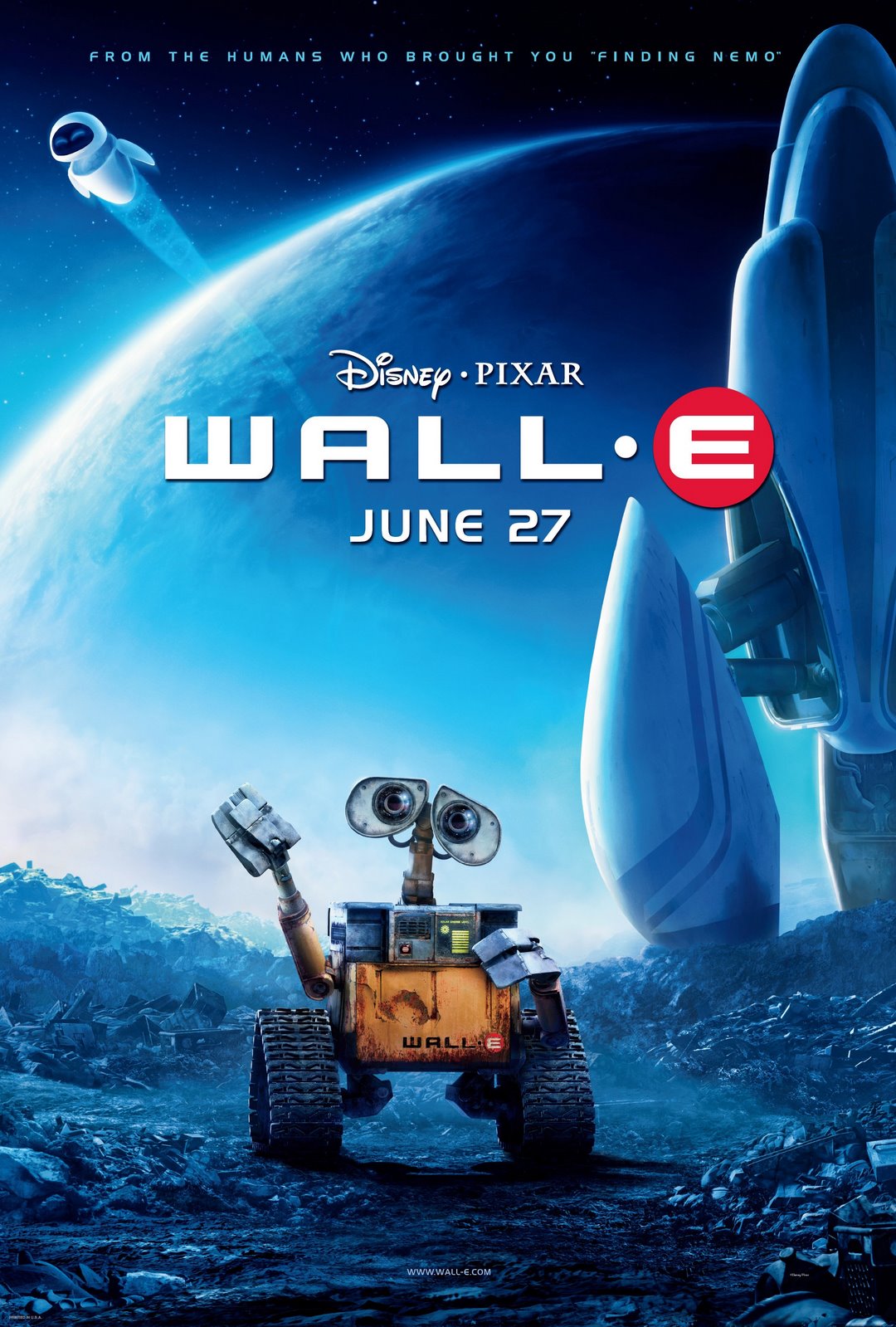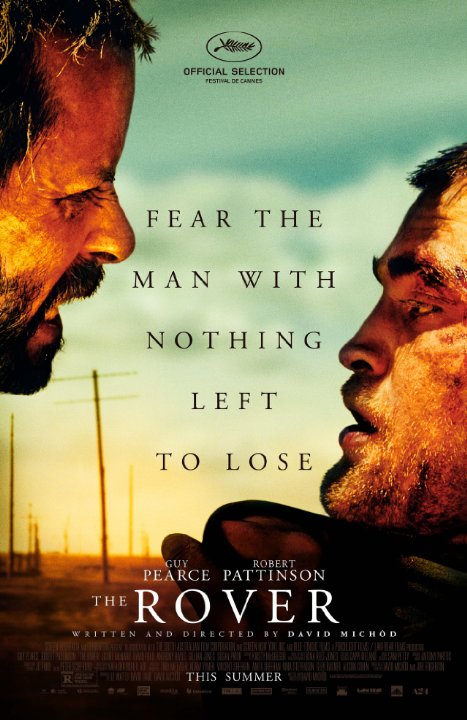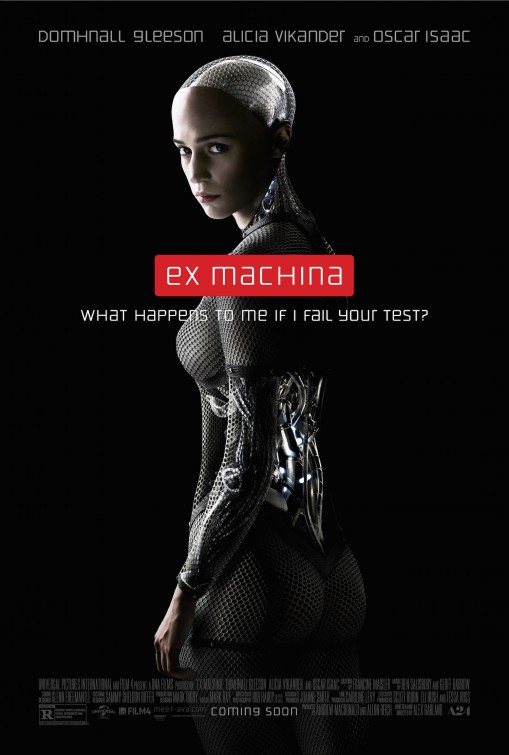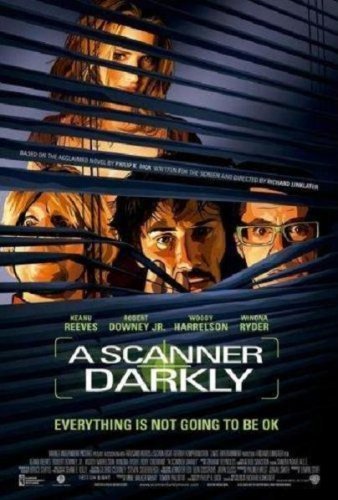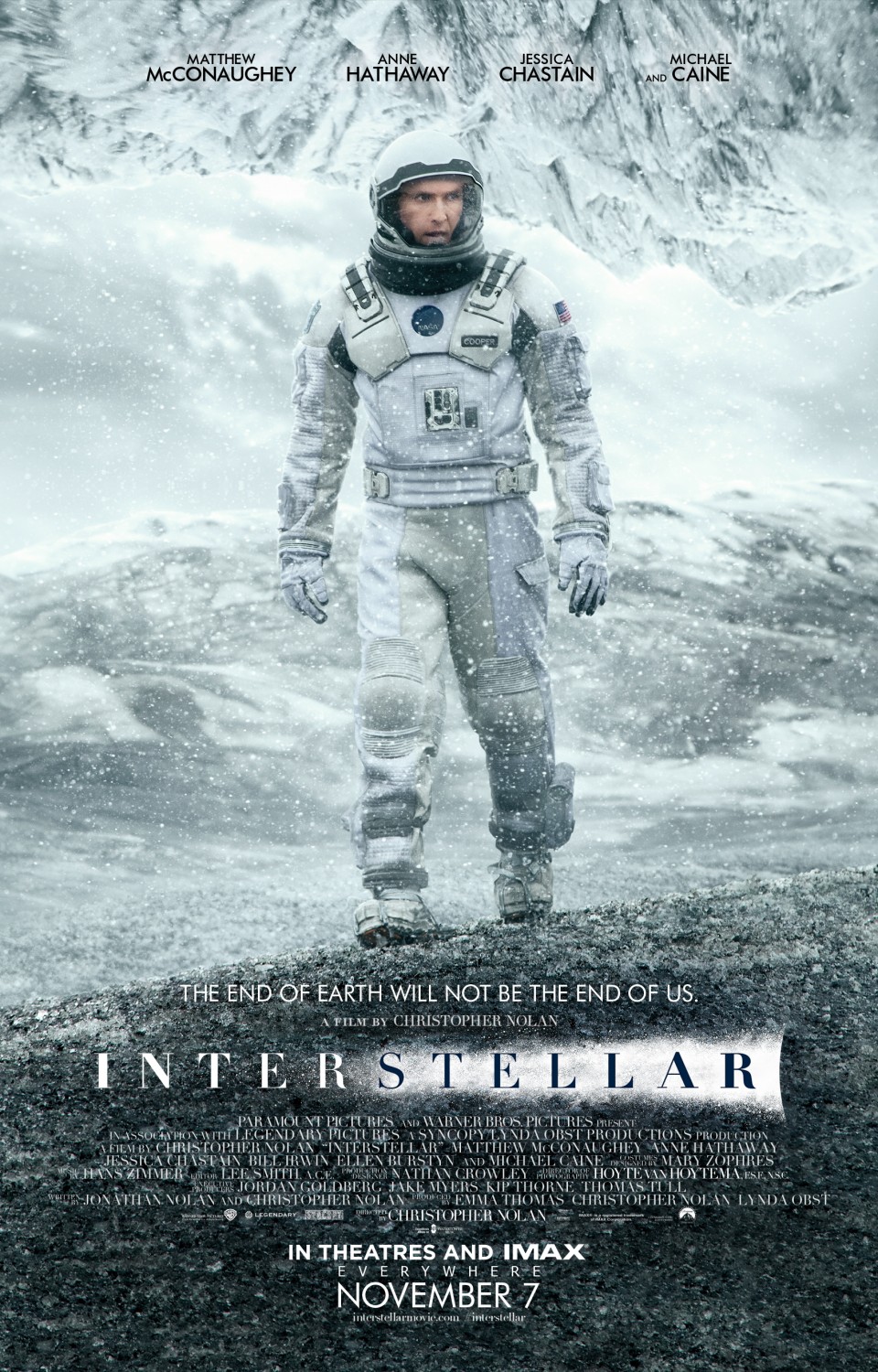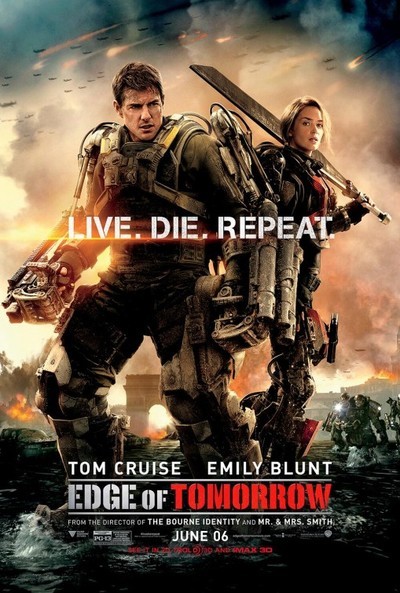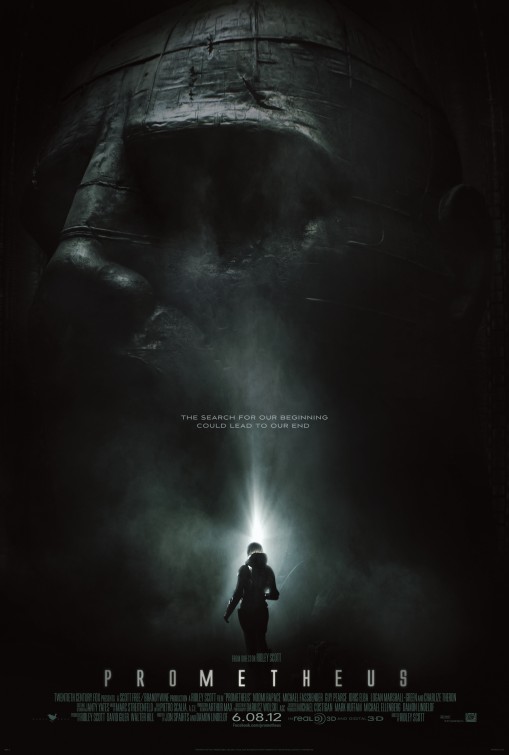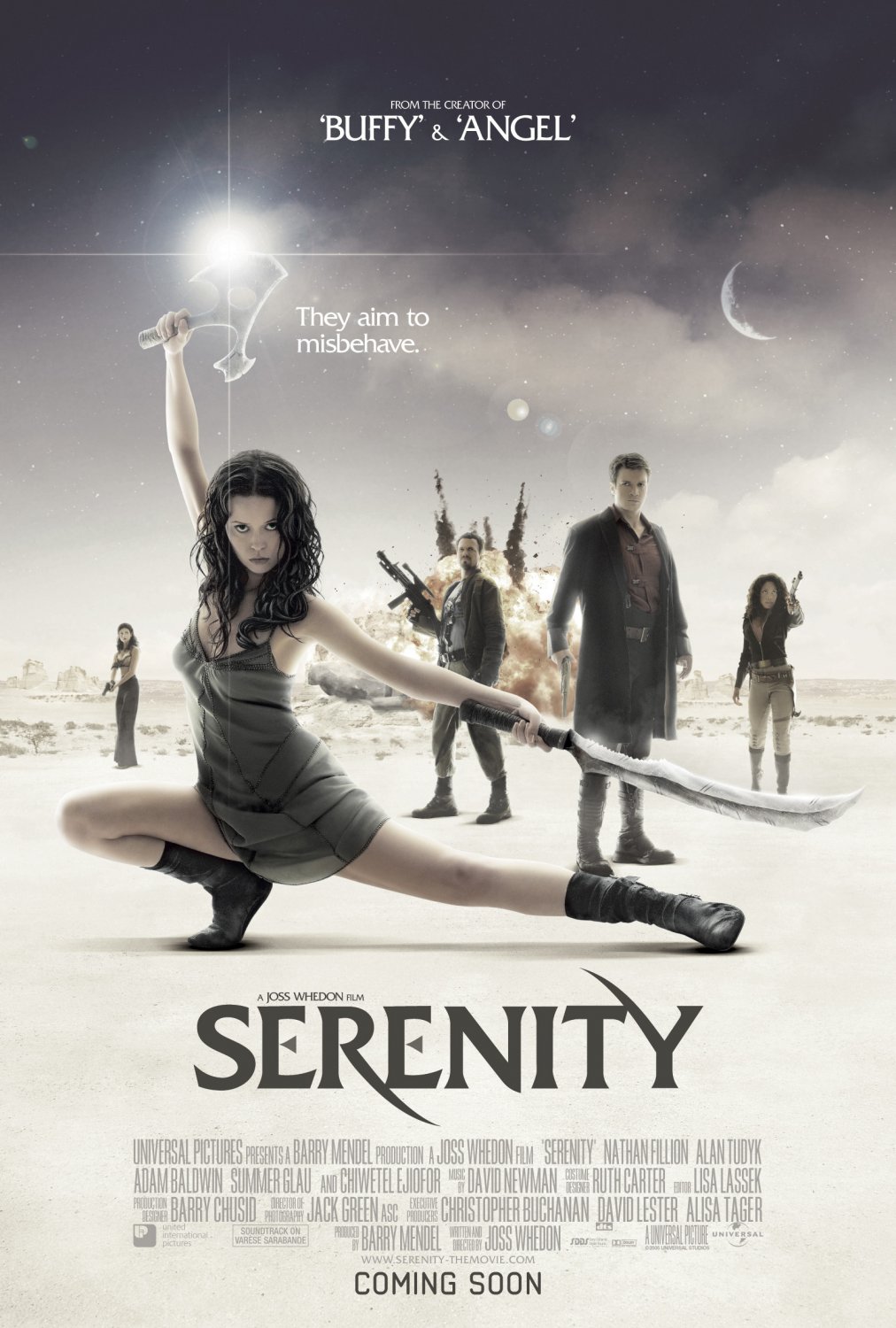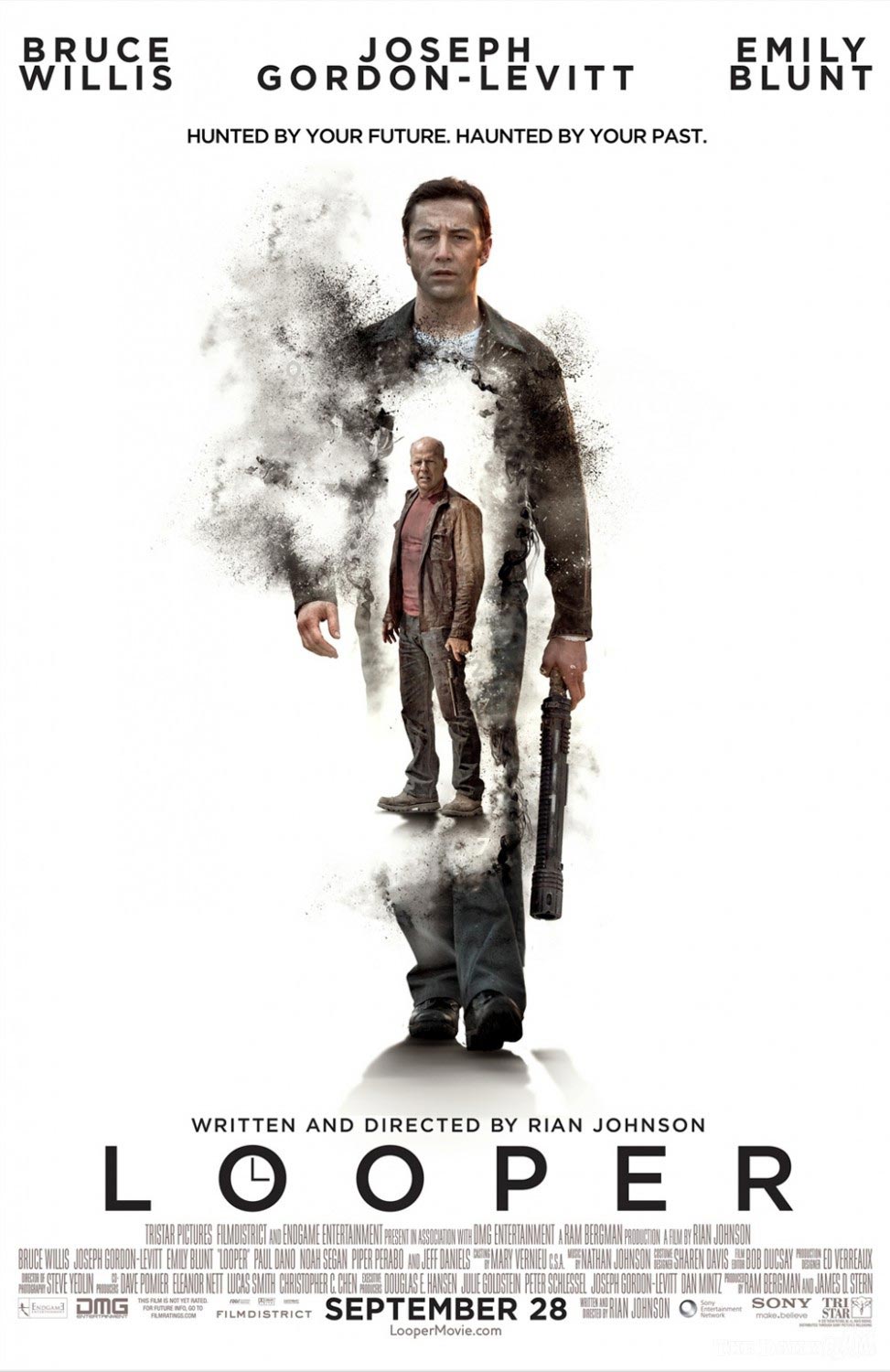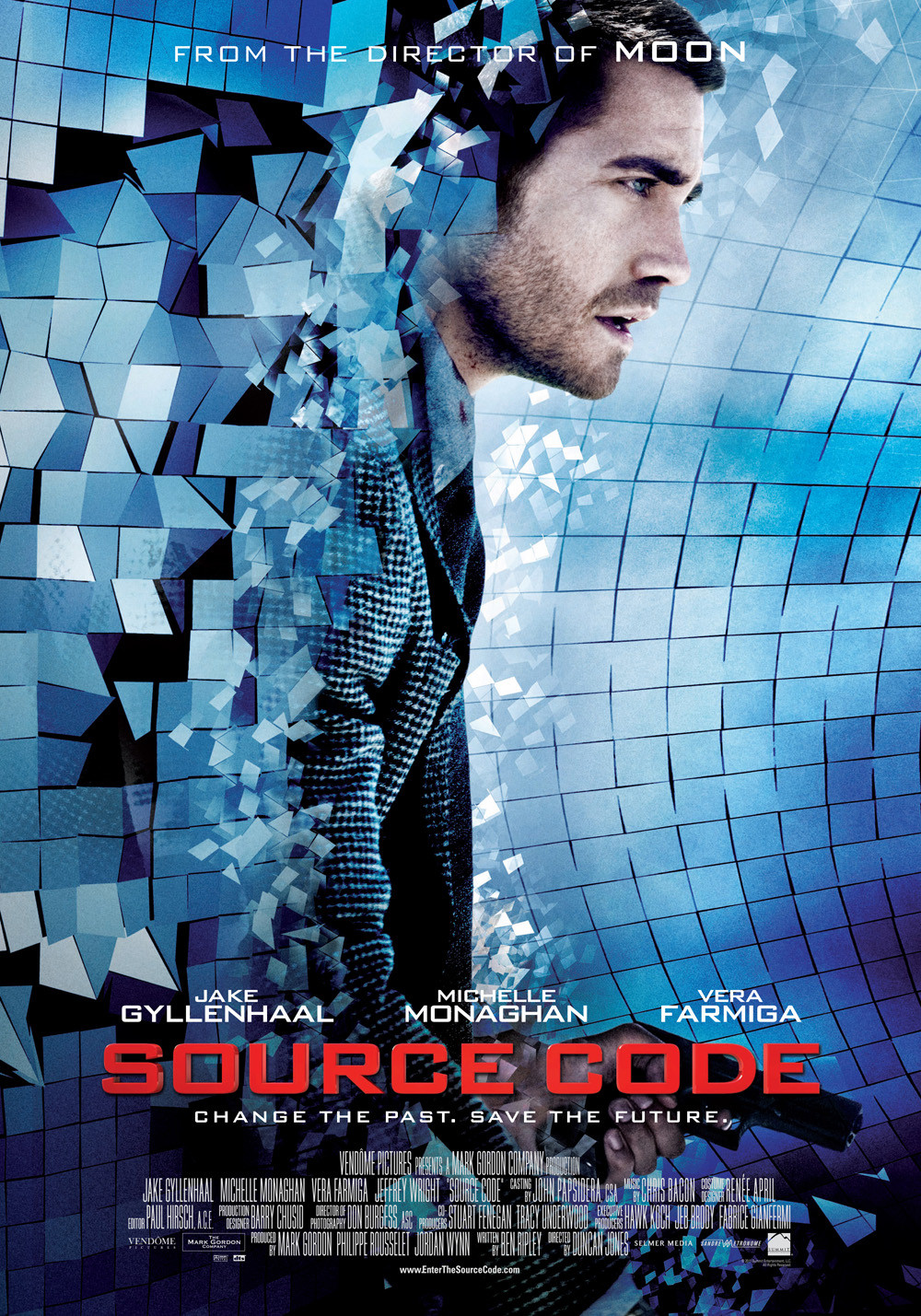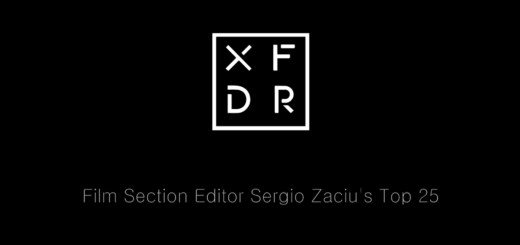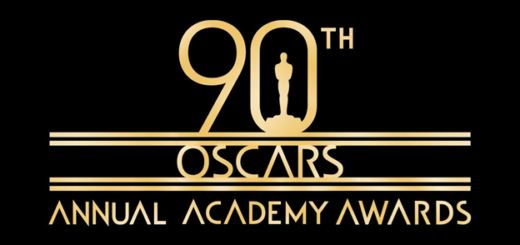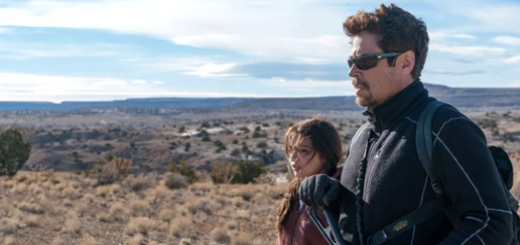21 Science Fiction Films for the 21st Century
Note that my personal opinions on some of these films might not correspond with the order that they’ve been placed in. Instead, they are supposed to represent a more objective ranking for their contribution to the genre as a whole (e.g just because I personally disliked AVATAR doesn’t mean I can’t acknowledge its contribution to the medium of cinema). Whichever SciFi movie you like best, I hope this guide can remind you of some of the greats! Enjoy!
UNDER THE SKIN
Director: Jonathan Glazer
Release: 2013
Summarizing the genre-bending narrative vision behind UNDER THE SKIN in a paragraph would be doing the film a disservice, because in many ways, every viewer can take something else away from Jonathan Glazer’s spellbinding series of vignettes starring a hauntingly seductive Scarlett Johansson. Rarely does a film so viscerally-and in this case befittingly-crawl under a viewer’s skin, leaving not only a lasting impression on a thematic level, but viciously tackling the film form that set the foundations for science fiction. Through its absolutely spine-tingling soundtrack and luscious cinematography, UNDER THE SKIN is a sci-fi like no other, both realist and formalist all at the same time, and thoroughly engrossed in its sexy, yet coldly unemotional tone.
CHILDREN OF MEN
Director: Alfonso Cuaron
Release: 2006
A world with no children, and a population as barren as the wasteland they live in: CHILDREN OF MEN sets a bleak opening for an end-of-days scenario. But with its conflict comes hope, a symbol that viewers are so emotionally connected to that they have no choice but to sit on the edge of their seats when chaos comes around. Setting the bar at an all-time high for the art of world-building, CHILDREN OF MEN is an accomplishment that has set the standard for the bleak, desaturated dystopia of the 21st century. Heavy on religious iconography, and laced with tragedy on par with Greek mythology, CHILDREN OF MEN is visually sublime and charged with dramatic weight. But what really makes this 2006 vehicle so memorable is that one often forgets they are watching a science fiction film, thanks to director Alfonso Cuaron’s ability to throw his audience into his world with little to no exposition, trusting that his viewers will make sense of the chaos that he has created.
SNOWPIERCER
Director: Bong Joon-ho
Release: 2013
This sci-fi about a train that’s in perpetual motion around the world is often a polarizing watch for viewers. To many, its good-to-great blockbuster entertainment, but those who really pay attention are rewarded with what is probably the richest and surprisingly timely narrative in years. Having been dissected by analysts across the globe, this 2013 outing is one of those rare action releases that has gained most of its attention from the art crowd, and deservedly so. Bong Joon-ho is a master of visual storytelling, and has proven his talents time and time again, but with SNOWPIERCER, he has created one of the most thematically rich science fiction outings in cinematic history, painting a struggle between the bourgeoisie and the proletariat, and then transcending this linear narrative with a thematic message that is rooted in lateral thought.
MINORITY REPORT
Director: Steven Spielberg
Release: 2002
Possibly Spielberg’s finest outing after the turn of the millennium, and an indisputable contender for finest raw blockbuster entertainment among the science fiction crowd, MINORITY REPORT is a fantastic cat-and-mouse detective film. Set in a dystopian future where crimes can be stopped before they are even committed, the question arises as to whether that fact eliminates guilt on the part of the assailant. Functioning much like THE FUGITIVE, this action-packed film showcases some of Spielberg’s finest world-building, camerawork and action set-pieces, all turned up to 11 thanks to Tom Cruise’s exhilarating performance.
GRAVITY
Director: Alfonso Cuaron
Release: 2013
To some, Alfonso Cuaron’s GRAVITY might not even really count as a science fiction film, considering its comparatively light take on the fiction part of the equation, but regardless, GRAVITY is a visual tour de force that catapults its viewers into the depths of space thanks to its brutally simple, no-nonsense narrative. On a cinematic level, GRAVITY is visual splendor, and its technical contributions to cinema will forever hold an impact on CGI-heavy filmmaking, but what often melts away into the background is the impeccable nature of GRAVITY’s sound design, a quality that will help the film go down in history as the first of its kind to accurately capture the solitude of space.
DISTRICT 9
Director: Neill Blomkamp
Release: 2009
Part mockumentary, part all-out popcorn entertainment, DISTRICT 9 was a surprisingly inventive release for 2009, creating what is now universally recognized as Neill Blomkamp’s signature visual style: combining the high-tech with ghetto grit. This tale of survival in the midst of a peaceful Alien habitation of South Africa draws fantastic parallels to racial tensions and apartheid without ever feeling ham-fisted, allowing for its action to flourish as a result. Visually audacious and breathing fresh life into his genre, Blomkamp allowed for a resurgence in modern big-budget sci-fi, although his latest projects were not met with the same critical acclaim.
MOON
Director: Duncan Jones
Release: 2009
A one man show of a man on the moon is already an ambitious concept, but its all the more impressive when it is pulled off with such effortlessness on a rather tight budget. Duncan Jones’s 2009 release is a powerful, emotionally gripping, and oddly tragic character piece that feels like someone formed a sci-fi patchwork of THE TRUMAN SHOW. Thanks to a stellar performance from the consistently endearing Sam Rockwell, MOON is rewarding and fascinating to watch, especially when considering how fantastic everything looks for a sci-fi that was made on a five million dollar budget.
AVATAR
Director: James Cameron
Release: 2009
Love it or hate it, AVATAR is the single most important contributor to the art of motion capture filmmaking, and despite its often clunky narrative, and cliche-ridden, colonialist analogies, it is breathtakingly beautiful. Okay sure, FINAL FANTASY: THE SPIRITS WITHIN also plays a dominant role in green screen and motion capture filmmaking, but AVATAR helped refine it to excellence despite its questionable narrative. Many tend to brush off AVATAR as yet another corny James Cameron vehicle, but his accomplishments on a technical level are unbelievable, and coupled with his fantastic resume of T2: JUDGEMENT DAY and ALIENS, the man deserves all the praise in the world.
INCEPTION
Director: Christopher Nolan
Release: 2010
Borrowing heavily from Satoshi Kon’s masterful animated feature PAPRIKA, INCEPTION tells the story of the world’s craziest heist, in which hijackers attempt to plant information inside the mind of their victim through the use of a dream-traveling machine. Nolan is naturally given a lot of flack from critics for his narrative contrivances and exposition-heavy writing, but what must be recognized is his sheer ambition in terms of creating vivid, blockbuster entertainment, without the intention of franchising his work. Most directors are not given 160 million dollars, and even less are given that kind of money to film a one-stop project. Thanks to its absolutely stellar action, video game-like stages and fantastic visual execution, INCEPTION is one of the few science fiction films that goes smaller in a big way, venturing into the mind rather than outer space.
DAWN OF THE PLANET OF THE APES
Director: Matt Reeves
Release: 2014
RISE OF THE PLANET OF THE APES not only dug the classic narrative out of the forgettable marshes that hosted Tim Burton’s 2001 fiasco, but set the bar exceptionally high thanks to its emotionally resonant narrative. It seemed impossible to top, but DAWN OF THE PLANET OF THE APES managed to not only refine the visual work at hand, but also found a way to surprise audiences with a fantastic, unorthodox narrative that boasts one of the finest opening sequences in recent memory. Thanks to Andy Serkis’s incredible motion capture work, DAWN OF THE PLANET OF THE APES feels palpable in its depiction of the titular apes, and forms characters out of them that are arguably more three-dimensional than the human protagonists on screen. Scenes are tense and culminate in an action-packed finale, never forming black and white alliances between apes and humans, but rather treating each individual party as their own coalition with good and bad members.
WALL-E
Director: Andrew Stanton
Release: 2008
Tied with UP for the best first act of any Pixar film, WALL-E boasts visual prowess and even finer sound design work. This adorable tale of the world’s last remaining trash disposing robot is heartwarming and thought-provoking at the same time, and still feels tragically timely today. Although its narrative ventures off into the expected, family-friendly domain in its second and third acts, WALL-E is an undeniably entertaining thrill ride, and utilizes its sound work to deliver a roller coaster of emotions without having its important characters ever so much as utter a sentence.
THE ROVER
Director: David Michod
Release: 2014
In a world where all has turned to dust, and the future best resembles an Eastwood western, what does a man do when the last thing he cares for is taken from him? THE ROVER is unflinching, minimalist, and effectively bleak in its study of two men who hate each other. Bolstered by two absolutely riveting performances from Guy Pierce and Robert Pattinson, THE ROVER is a perfect example of a film that trusts its audience enough to try and make sense of the world it has created, and although it never really explains itself, it doesn’t need to, because it’s the people that inhabit this world that matter, not the world itself. Arguably not a science fiction film and merely a dystopia, THE ROVER is a unique example of a film that falls under the category of being futuristic, but perhaps not quite science fiction. Nonetheless, its spot on this list feels deserved for its cinematic qualities alone.
EX MACHINA
Director: Alex Garland
Release: 2015
Man creates machine and machine takes control of man: EX MACHINA is a core example of how science fiction can be executed as a genre heavy on dialogue and spartan on the visual front. What makes this thriller so compelling is the character interplay between guinea pig Domhnall Gleeson and android Alicia Vikander. Bolstered by Oscar Isaac’s unbelievably hip performance, EX MACHINA doesn’t ever treat itself as a showy motion picture, but much rather as a fantastic example of slow-burn tension and brilliant dialogue. It’s a prime example of how one can execute low-budget sci-fi, and much like its peer PRIMER, trades in spectacle for dramatic heft.
A SCANNER DARKLY
Director: Richard Linklater
Release: 2006
Tripped out, visually ambitious, funny, and philosophically deep to boot, A SCANNER DARKLY is a fascinating examination of a future world riddled with drug addiction. Quintessentially cool in tonal flair, and allowing for Keanu Reeves to really shine, Richard Linklater’s surreal venture into science fiction proves that he can bring the best out of any actor. What will continue to stand out, however, is A SCANNER DARKLY’s rotoscope aesthetic, a visual approach that Linklater had previously used in his film WAKING LIFE. Little to no other filmmakers have used this style to the same effect in popular cinema. It’s a testament to Linklater’s craft that he can combine his fluid filmmaking style with this visual technique, making A SCANNER DARKLY a visual treat all around.
INTERSTELLAR
Director: Christopher Nolan
Release: 2014
Probably the most polarizing film on this list, INTERSTELLAR is a piece of cinema that puts style over substance, even when it thinks its doing the opposite. Once the world faces imminent obliteration, a group of astronauts are tasked with finding a new, safe planet to start fresh on after a mysterious black hole allows for them to travel into deep space. Whether INTERSTELLAR is great or not is a question for another day. It is absolutely undeniable that there is an entire cargo ship’s worth of writing flaws in the film’s narrative, ranging from why Matthew McConaughey needs someone to explain wormholes to him, to why on Earth the government didn’t just send a team of all-female astronauts with a collection of in vitro-readied-semen to space.
But all of this aside: what has to be acknowledged is that INTERSTELLAR is an accomplishment in scale, and possibly one of the last real epics that cinema will ever have. It’s refreshing to see a film of such magnitude come out and not bank entirely on the promise of creating sequels, and although Nolan’s film is never quite as deep as he thinks it is, and even if the visuals awkwardly mimic Kubrick, its beautiful to see a film with such positive intentions, prioritizing the grandeur and spectacle of deep-space exploration rather than pure action-despite its vapid, Matt Damon heavy second act-hopefully fueling a young generation of viewers to one day grow up and support this kind of scientific work.
EDGE OF TOMORROW
Director: Doug Liman
Release: 2014
GROUNDHOG DAY with extraterrestrial warfare is a surefire scenario for science fiction success, and thanks to a successful manga to draw content from, EDGE OF TOMORROW had everything going for it; unfortunately, American audiences just didn’t flock to the theaters the way that the Asian market did. Nonetheless, EDGE OF TOMORROW is a visually impressive, comically-charged action film that profits off of Tom Cruise’s natural charisma and Emily Blunt’s electrifying performance. Through its repetitive timeline, EDGE OF TOMORROW finds moments of levity to avoid feeling dry, and lets the same set piece play out in numerous different ways, making for an undeniably cool approach to action cinema. And although its third act might have felt a little tedious, the entire experience is undeniably delightful, and absolutely worth a watch.
PROMETHEUS
Director: Ridley Scott
Release: 2012
Attempting to expand on the universe established by the unparalleled ALIEN and ALIENS films, Ridley Scott returned to space in an attempt to examine the beginnings of mankind, in what is probably the most futuristic sci-fi on the list. In search of humanity’s gods, the astronauts of the titular PROMETHEUS discover a planet far more hostile than its barren exterior were to suggest.
Most viewers are quick to write off PROMETHEUS as a waste of time, but Ridley Scott’s epic presents something viewers rarely get a glimpse of in modern science fiction horror: sheer scale. Although not nearly as good as the first two ALIEN installments, PROMETHEUS easily holds its own when compared to David Fincher’s ALIENS 3 and Jean-Pierre Jeunet’s forgettable ALIENS: RESSURECTION. The sheer ambition behind Scott’s vision is impressive, and the magnitude of everything feels satisfyingly creative, boasting some fantastic science fiction visuals and inventive futuristic mechanics. And whilst some of its writing doesn’t necessarily hold up in the long run, Michael Fassbender’s fantastic performance as the android David even gives ALIEN’s Ash a run for his money.
SERENITY
Director: Joss Whedon
Release: 2005
Part western, part fantasy, SERENITY is Joss Whedon’s ode to the bizarre, and allowed for FIREFLY fans around the globe to rejoice as they were treated to a feature film for their short-lived series. It makes sense why Whedon would go on to direct the AVENGERS films, because this globe-to-globe trotting space adventure feels significantly larger than a 39 million dollar project. There’s an intrinsic fantasy quality to SERENITY’s universe, thanks to its tongue-in-cheek aesthetic and desire to be the least science-laden science fiction of all time. Having lead to some clear tributes in the BORDERLANDS video games thanks to the depth to which the production design department constructed the unique aesthetic of gun racks, lockers, and bars, SERENITY feels like a film that has already left its footprint in the annals of science fiction, or should one say science fantasy?
SUNSHINE
Director: Danny Boyle
Release: 2007
Before Danny Boyle was an Oscar winner and Chris Evans was CAPTAIN AMERICA, they went on a one-way trip to the sun. SUNSHINE took a stellar concept, a compelling cast, and a great first and second act, only to treat its finale with mixed results. Nonetheless, SUNSHINE is a visually powerful film that boasts a strong ensemble cast, and lets face it, it’s just plain appealing in terms of execution. Not quite as inventive as Boyle’s classic 28 DAYS LATER, SUNSHINE is still a film that manages to capitalize on its fantastic ensemble. And much like the best of the lower-budget science fiction vehicles, this 2007 outing shows intelligent visual restraint, and utilizes the looming approach of the sun as something the audience is spectator to, without the characters ever being able to see it up close.
LOOPER
Director: Rian Johnson
Release: 2012
Using time travel as a human disposal service, director Rian Johnson created a near-future dystopia as the setting for his ambitious manhunt, LOOPER. Starring Bruce Willis and Joseph Gordon-Levitt as older and younger versions of themselves, LOOPER plays its action with an ethical edge that makes for compelling popcorn cinema. Although LOOPER’s plot holes become painfully obvious as the film progresses, and Rian Johnson’s universe feels a little too big for his own good, LOOPER is a satisfyingly action-packed science fiction outing that places a priority on caring for its characters.
SOURCE CODE
Director: Duncan Jones
Release: 2011
Improving on the mechanics of the mostly forgettable DEJA VU, SOURCE CODE takes Jake Gylenhaal and straps him into an endlessly repeating time trial in which he must stop a bomb from going off onboard a train. Clever, to the point, and wildly entertaining, Duncan Jones’s second venture into science fiction is also surprisingly tragic. Gylenhaal makes for a compelling lead. and his repeated attempts at saving the day transition from clueless victim to everyday hero. Visually sharp and never too long for its own good, SOURCE CODE is a fantastic example of sharp sci-fi directing.
HONORABLE MENTIONS:
The following films didn’t make the cut because some may object to their categorization as straight science fiction: two are comedies, three are romance films, and three are monster movies. All are worthwhile films (and some are arguably even better than some of the officially listed films), but they were removed from the pile in order to keep the list purely science fiction.
ATTACK THE BLOCK
THE WORLD’S END
ETERNAL SUNSHINE OF THE SPOTLESS MIND
HER
DONNIE DARKO
MONSTERS
CLOVERFIELD
THE HOST

